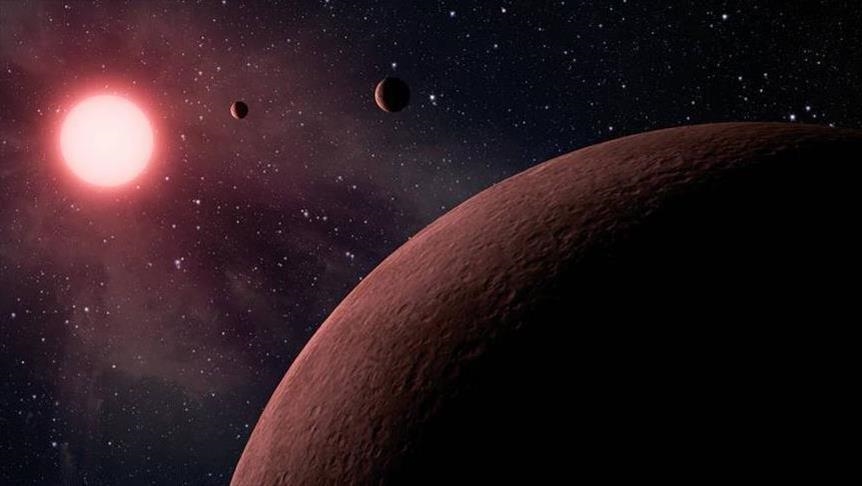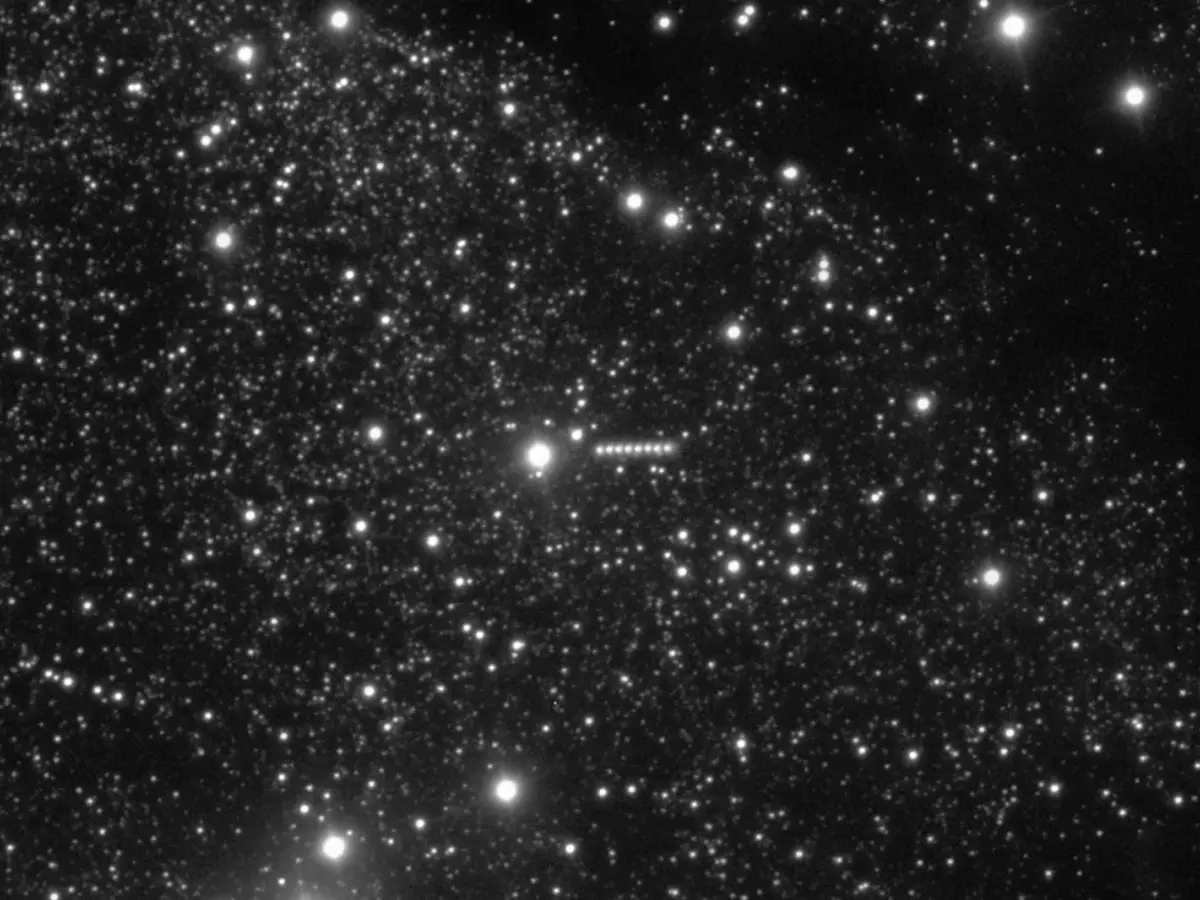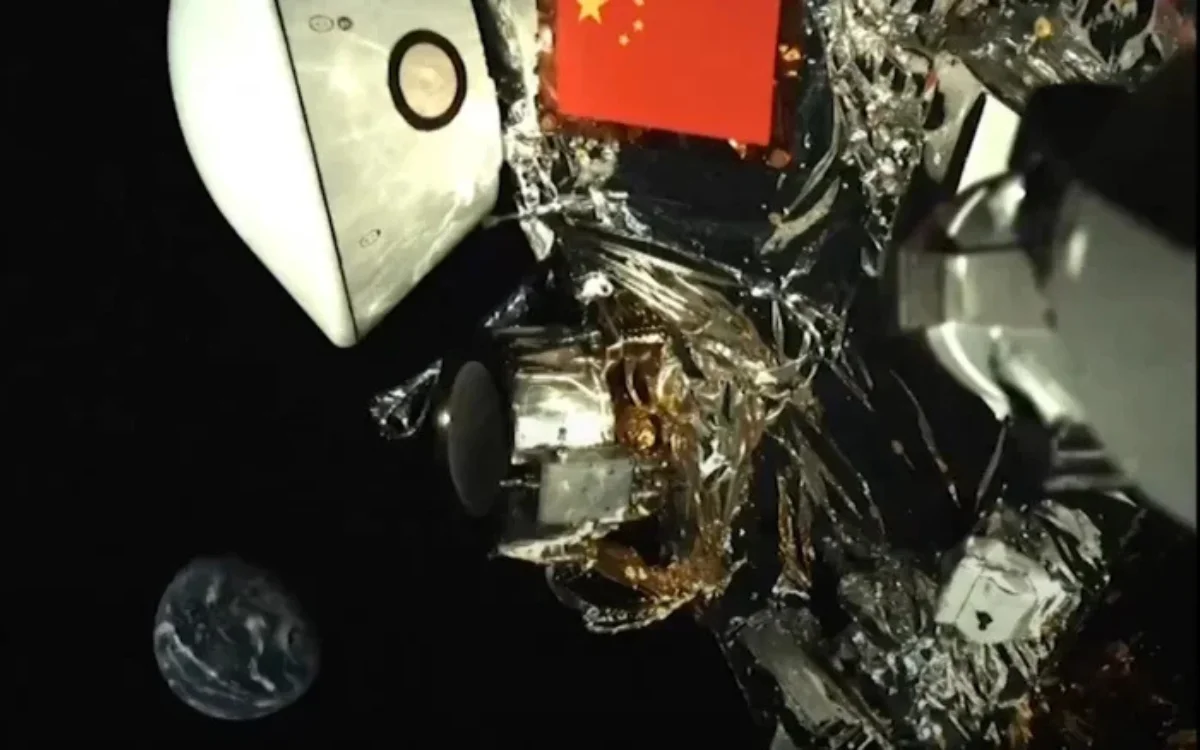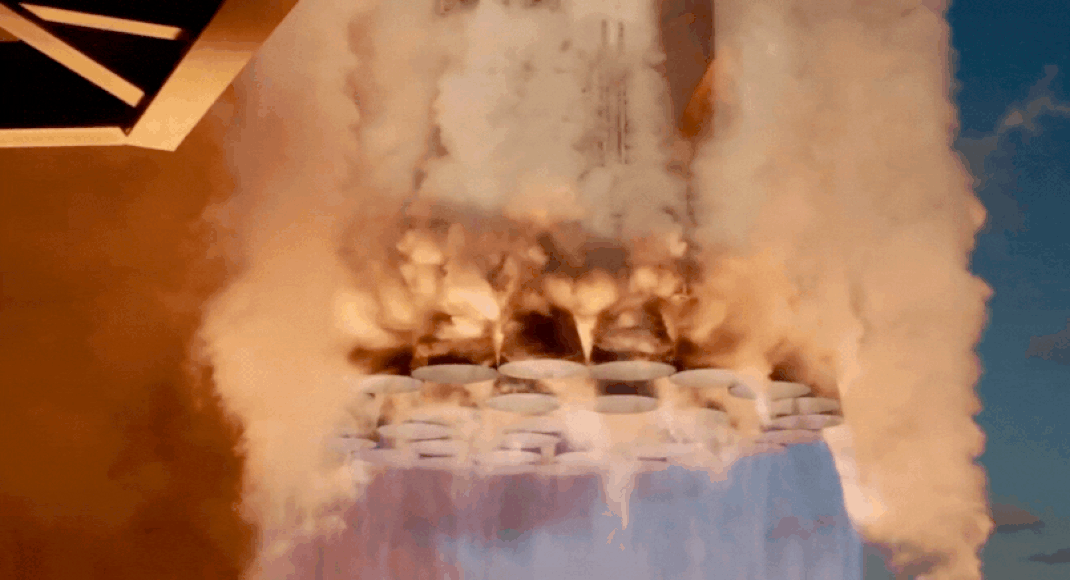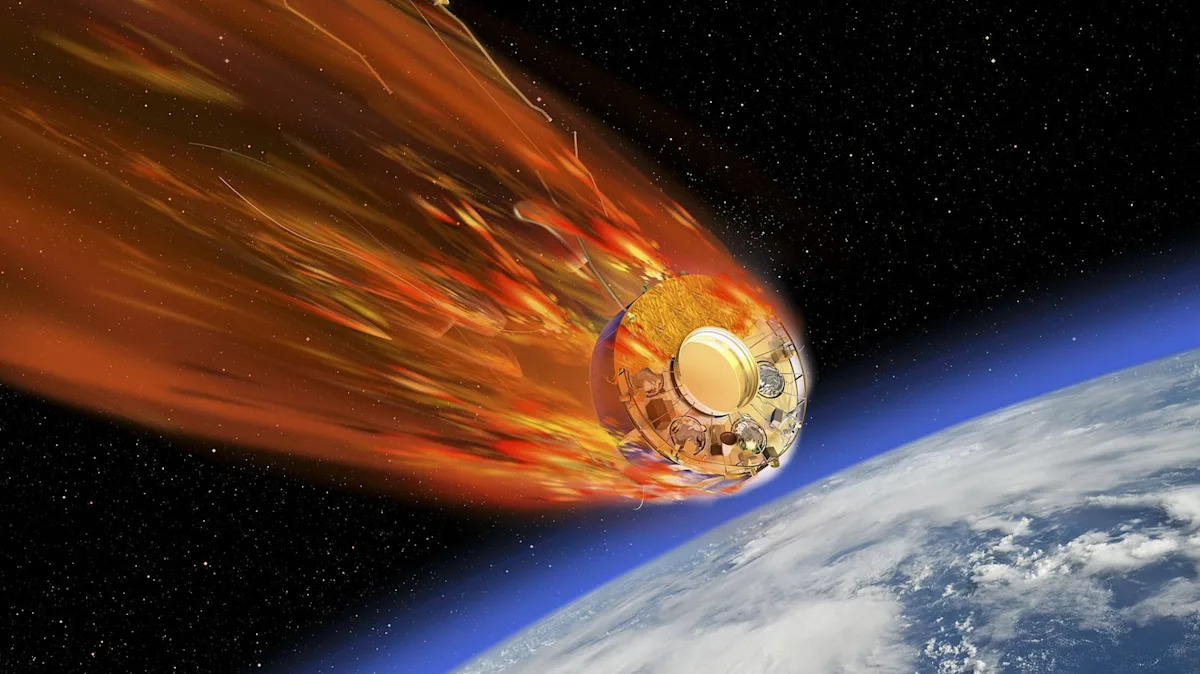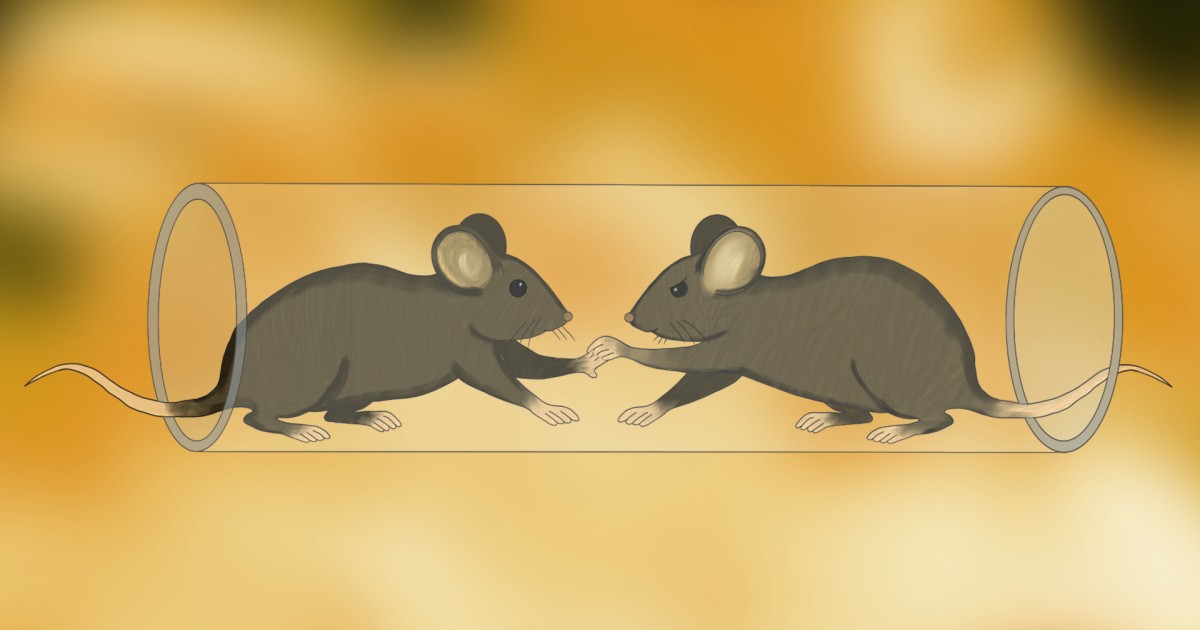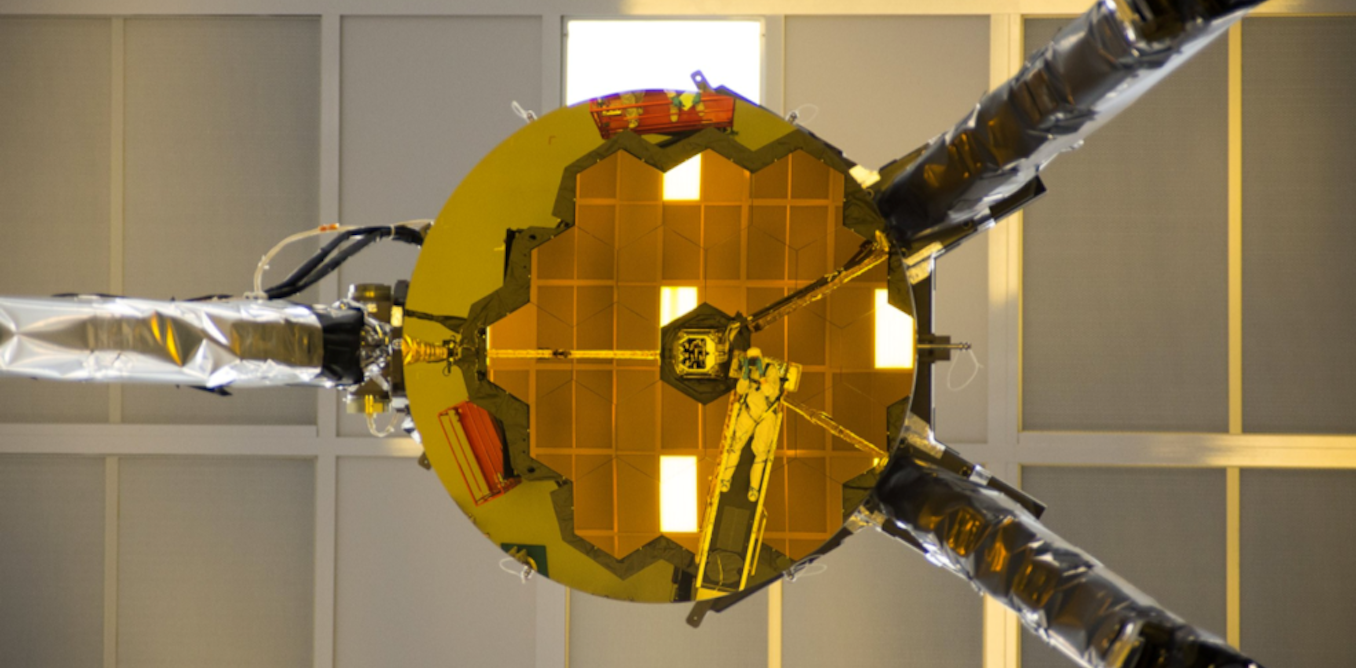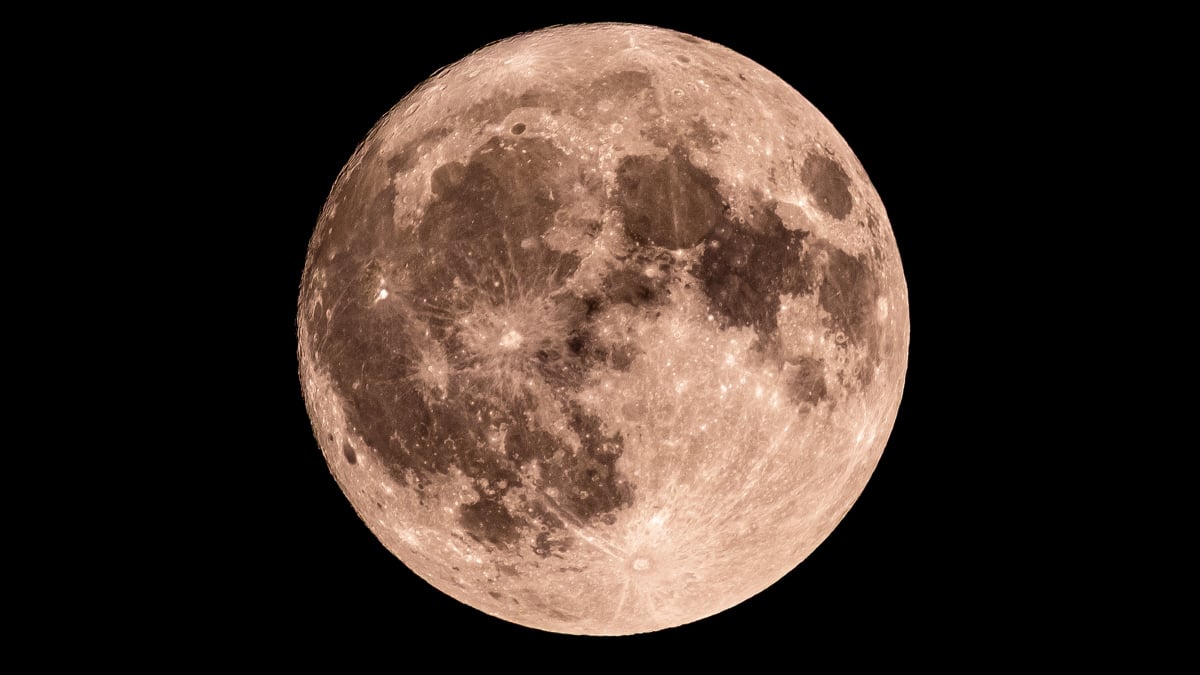- Ancient microbes thawed from Alaskan permafrost after 40,000 years Mid-day
- Scientists ‘reawaken’ ancient microbes from permafrost — and discover they start churning out CO2 soon after Live Science
- Ancient Alaska microbes’ thaw helps…
We’re inching closer to the New Moon, which means for the next few nights the moon is going to look smaller and smaller to us. This is because of where we are in the lunar cycle, a series of unique…
